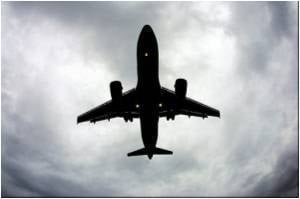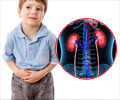
‘Recommendations drafted to help physicians deal with in-flight medical emergencies’
Tweet it Now
The article reviews the policies and procedures of Canada's two major airlines, Air Canada and WestJet Airlines Ltd. and literally unpacks the medical equipment found onboard these carriers in a video to help health care professionals understand what they might encounter during an in-flight medical emergency and what resources are available to help with treatment. An estimated 2.75 billion passengers worldwide fly each year on commercial airlines, with 133.4 million fliers in Canada in 2015, a 27% increase over 2009. The increased number of passengers is one reason for an increase in in-flight medical emergencies. Another reason is longer flights, which subject people to stressors, such as lower oxygen humidity levels, for a longer period of time.
There are no standardized methods for identifying in-flight emergencies making it difficult to find reliable incidence rates. Estimates range from one medical emergency per every 604 flights (16 events per one million passengers) to one per 7700 passengers. The top five causes of medical emergencies are lightheadedness/loss of consciousness (37.4%), respiratory symptoms (12.1%), nausea or vomiting (9.5%), cardiac symptoms (7.7%) and seizures (5.8%).
Physicians are the primary responders in 40% to 50% of in-flight emergencies, nurses and paramedics in 5% to 25% and flight attendants alone in almost half (45%) of incidents. The authors suggest that in complex medical situations, a team-based approach, assigning clear roles and responsibilities to use the skills of other health care professionals, is valuable. Flight attendants should be involved as key resources who know the aircraft, emergency procedures and can liaise with the cockpit and ground communications staff for telemedicine support and potential emergency landings.
Source-Eurekalert










